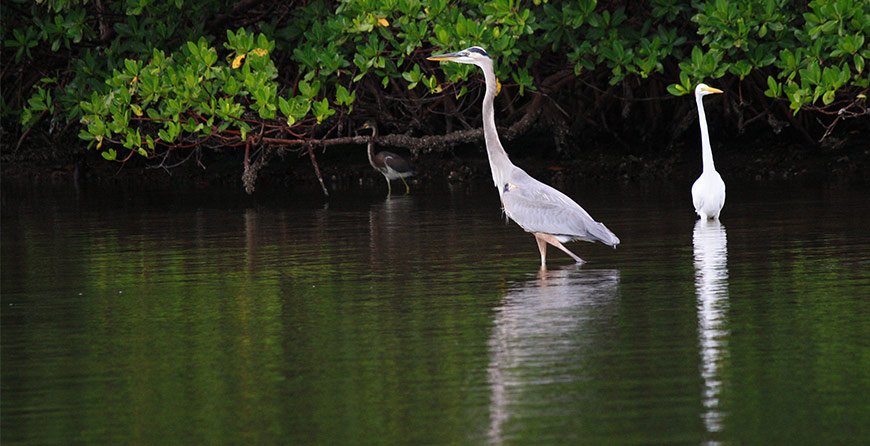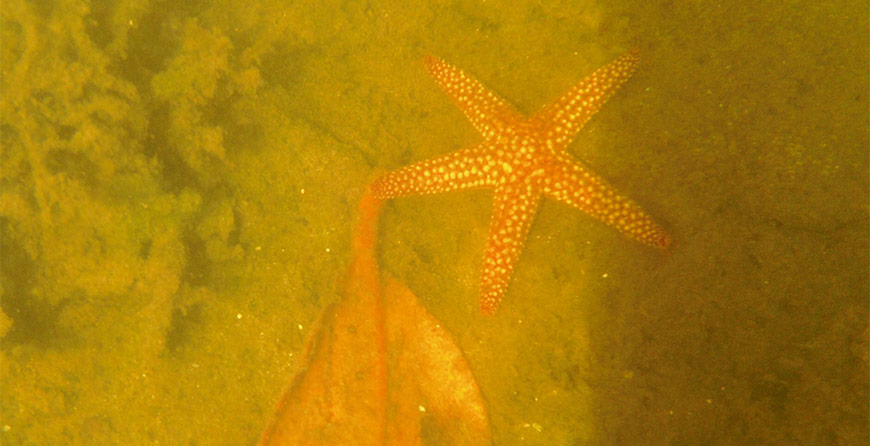Low Tide Kayak Tour
Low Tide Kayak Tours will resume by Mid-Oct 2024 (Subject to change)
Have you ever been told how shallow Tarpon Bay is? Have you ever heard that low tides are great for birding? Lay the rumors to rest on Tarpon Bay Explorers’ Low Tide Kayak Tour! Explore the bay when most wouldn’t with an experienced naturalist. This 90-minute tour will take you through Tarpon Bay’s tidal flats, where extreme low tides expose mud and grass flats that create great feeding opportunities for a variety of bird species including herons, egrets, ibis and osprey. Low tides also make it easier to find manatees and dolphins. You’ll learn how these birds utilize the low tides and why small things like grasses and oysters are so crucial to the J.N. “Ding” Darling National Wildlife Refuge’s mangrove estuary ecosystem.
An added benefit of taking the tour (versus a kayak rental) is that after the 90-minute tour is complete, paddlers have the option of keeping the kayak for the rest of the day free of charge!* Paddlers can keep paddling the open waters of Tarpon Bay or head into the mangrove forest through Commodore Creek (tide permitting). RESERVATIONS RECOMMENDED (Call 239-472-8900). Keep in mind, this tour is only offered when the bay is experiencing EXTREME low tides. Thus, this kayak tour is not offered every week. Call our shop (239-472-8900) with any questions.
Low Tide Tour Schedule: https://tarponbayexplorers.com/tour-schedule/#low-tide-kayak-tour
*Paddlers must stay within Tarpon Bay and may not leave Tarpon Bay’s facility and return later to kayak for free.
Did You Know?
There are up to 60 different species of mangroves worldwide? In the continental U.S., there are only three species including the Red, Black & White Mangrove. These trees are an important component to the ecosystem in that they provide erosion control, protection from tropical storms & hurricanes, clean estuary waters and provide a habitat and food source for an ample amount of wildlife. Waterfront development has strongly affected the habitat of mangrove communities. Removal of these trees and the destruction of the mangrove wetland habitats endanger the natural systems of Florida’s coastal areas.



